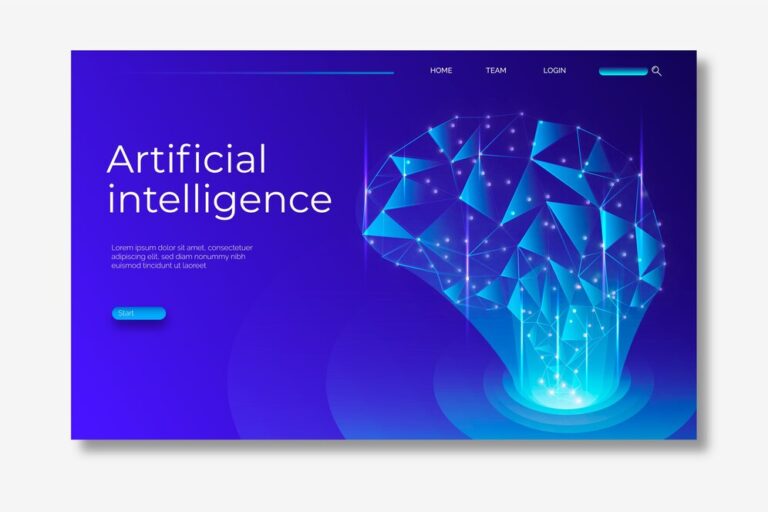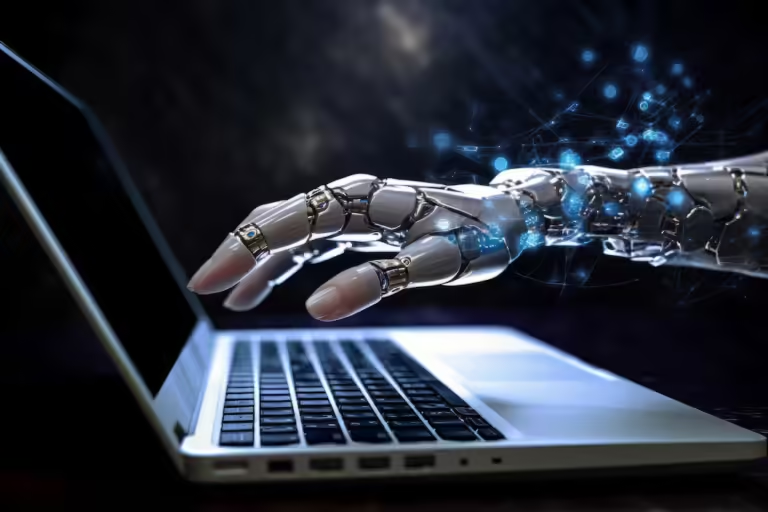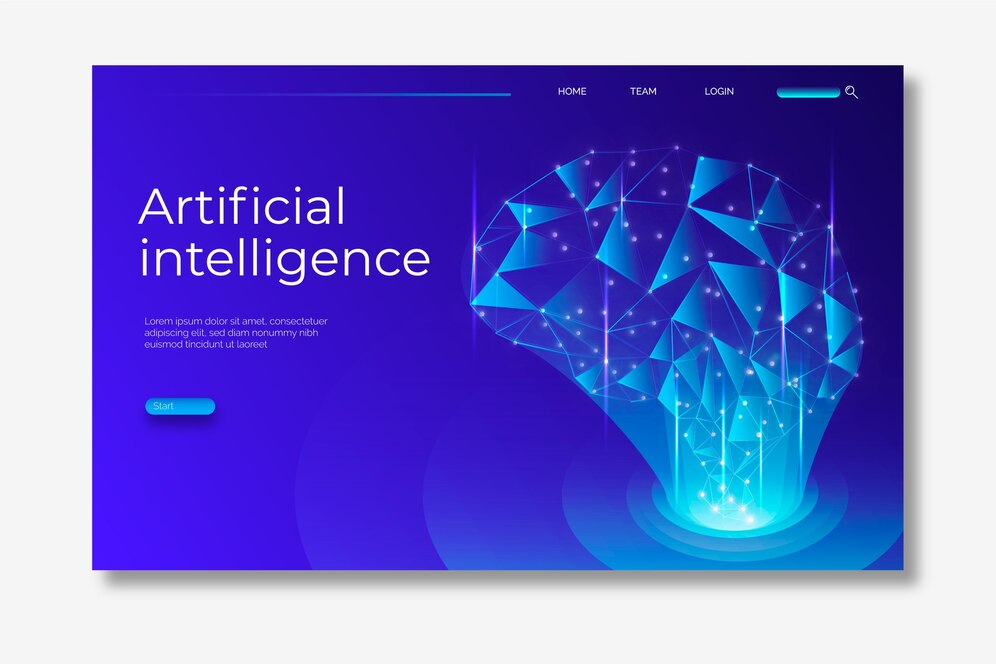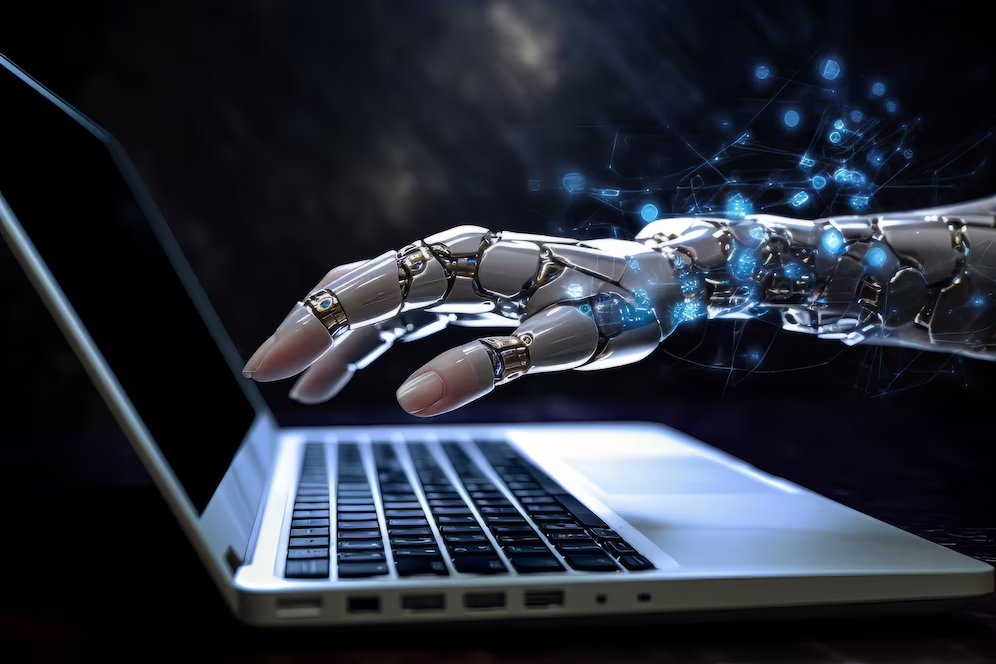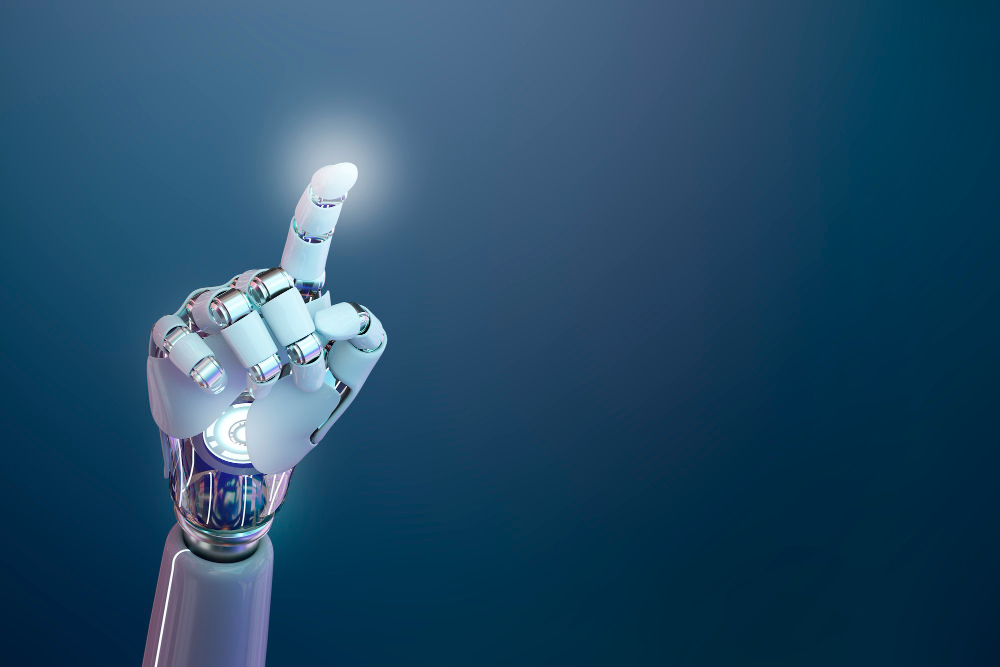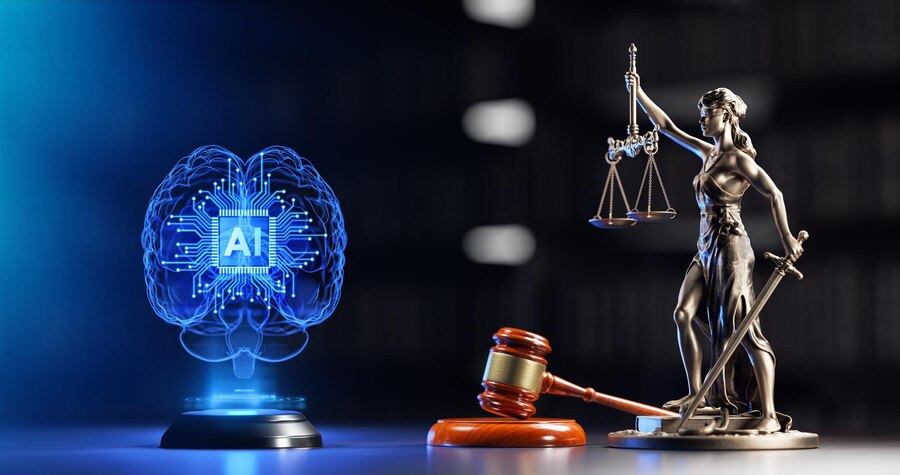In recent years, the rise of artificial intelligence (AI) has had a profound impact on various aspects of society, including the education sector. As AI continues to evolve, it is becoming increasingly integrated into teaching and learning processes, transforming classrooms and educational practices worldwide. To understand the perspectives of educators on this technological shift, Forbes Advisor conducted a survey in October 2023, gathering insights from 500 educators across the United States. These educators, representing different career stages and educational settings, shared their experiences and opinions on the use of AI in classrooms.
Understanding AI: What Is It?
Before delving into the role of AI in education, it is essential to define what artificial intelligence entails. AI refers to the capability of machines to perform tasks that would typically require human intelligence. This includes decision-making, problem-solving, understanding and mimicking natural language, and learning from unstructured data. AI technologies are designed to enhance efficiency and accuracy in various applications, making them a valuable tool in numerous industries.
Although AI has been a part of the technology landscape for several years, it gained significant attention with the release of OpenAI’s ChatGPT in the fall of 2022. This natural language processing chatbot brought AI into the public eye, demonstrating the potential of AI-driven tools in everyday interactions. Many people have already encountered AI in various forms, such as virtual assistants like Siri and Alexa, AI-powered social media algorithms, and even chess-playing bots.
The Role of AI in Education

The integration of AI into education is still in its early stages, and its full impact on ethics, equity, and data security remains to be seen. However, several key applications of AI in education have already emerged, highlighting the potential benefits of this technology.
1. AI-Powered Educational Games
Educational games have long been a valuable tool for engaging students in the learning process. Since the early days of computer gaming, educators have recognized the benefits of play-based learning. AI-powered educational games take this concept further by using user-responsive programming to deliver targeted learning experiences. These games adapt to the needs and abilities of individual students, providing a personalized and interactive learning environment. For instance, games can adjust difficulty levels based on a student’s performance, helping them to improve their skills at their own pace.
2. Adaptive Learning Platforms
Adaptive learning platforms use AI to customize learning activities and content in real-time. These platforms continuously assess student performance, allowing them to adjust their teaching approach accordingly. Companies like Carnegie Learning and Knewton have developed adaptive platforms that utilize simple rules-based systems and complex machine learning algorithms to enhance the learning experience. By providing immediate feedback and personalized instruction, adaptive learning platforms help students achieve their educational goals more effectively. This approach ensures that students receive the right level of challenge, which is crucial for maintaining engagement and promoting deep learning.
3. Automated Grading and Feedback Systems
One of the most significant benefits of AI in education is its ability to automate routine tasks, such as grading and providing feedback. By automating these tasks, AI systems can free up educators’ time, allowing them to focus on more meaningful interactions with students. Automated grading systems can quickly and accurately assess student work, providing immediate feedback that helps students improve their performance. Moreover, these systems can offer detailed analytics on student progress, identifying areas where students are struggling and suggesting targeted interventions.
4. Chatbots for Student Support
AI-powered chatbots are increasingly being used in higher education institutions to support students. These chatbots can handle a variety of tasks, such as answering admissions queries, providing course information, connecting students to student services, and sending reminders. Additionally, some chatbots are designed to assist students with brainstorming ideas, improving writing skills, and optimizing study time, offering valuable support throughout the learning process. For example, chatbots can provide 24/7 assistance, ensuring that students have access to support whenever they need it, which is especially valuable for online and distance learners.
5. Intelligent Tutoring Systems

Intelligent tutoring systems simulate the one-on-one experience of working with a human tutor, often focusing on specific subjects like math or language. These systems provide personalized instruction, adapting to the needs of individual students. Examples of intelligent tutoring systems include the Duolingo app and Khan Academy’s Khanmigo tutoring system. By offering tailored support, these systems help students achieve a deeper understanding of the subject matter. Intelligent tutoring systems can also provide practice exercises and quizzes tailored to each student’s learning pace, ensuring that students master each topic before moving on.
Teachers’ Perspectives on AI in the Classroom
The survey conducted by Forbes Advisor revealed that more than half of the educators believe AI has positively impacted teaching and learning. These teachers see AI as a valuable tool that enhances the educational experience by providing personalized and efficient support. However, not all educators share this positive outlook, with less than one in five respondents citing a negative impact of AI in the classroom.
Widespread Use of AI Among Educators
The survey found that approximately 60% of educators are using AI tools in their classrooms. Younger teachers, in particular, are more likely to embrace these technologies, with those under the age of 26 reporting the highest usage rates. The most commonly used AI tools include AI-powered educational games, adaptive learning platforms, and automated grading and feedback systems. These tools are helping educators streamline their workflows and provide more personalized support to students.
AI’s Role in Personalized Learning
One of the most significant advantages of AI in education is its ability to provide personalized learning experiences. By analyzing data on student performance, AI systems can tailor educational content to meet the needs of individual learners. This personalized approach helps to address the diverse learning styles and abilities of students, ensuring that each student receives the support they need to succeed. For example, if a student is struggling with a particular math concept, an AI-powered learning platform can provide additional resources and practice problems to help the student improve their understanding.
Enhancing Student Engagement
AI technologies also have the potential to enhance student engagement by making learning more interactive and enjoyable. AI-powered educational games, for example, can make learning fun and motivate students to engage with the material. Additionally, AI systems can provide real-time feedback, allowing students to see the results of their efforts immediately. This instant feedback can encourage students to take an active role in their learning and strive for continuous improvement.
Concerns About AI in Education

Despite the positive reception of AI among many educators, there are significant concerns about its use in education. One of the primary concerns is the potential for AI to facilitate cheating. Educators worry that students may use AI tools, particularly generative AI, to produce essays and answer questions, undermining academic integrity. Additionally, teachers are concerned about the impact of AI on human interaction in the classroom. There is a fear that increased reliance on AI could reduce the amount of face-to-face interaction between students and teachers, which is crucial for effective learning.
Addressing Academic Dishonesty
The issue of academic dishonesty is a significant concern for educators. The ability of AI tools to generate content on demand raises questions about how to ensure the authenticity of student work. To address this concern, educators are exploring various strategies, such as using plagiarism detection software and developing assignments that require critical thinking and original analysis. Additionally, there is a growing emphasis on teaching students about academic integrity and the ethical use of technology.
Balancing AI and Human Interaction
While AI can provide valuable support in the classroom, it is essential to maintain a balance between technology and human interaction. Teachers play a crucial role in the educational process, providing guidance, support, and mentorship to students. Human interaction is vital for building relationships, fostering a sense of community, and developing social and emotional skills. As AI becomes more integrated into education, it is essential to ensure that technology complements rather than replaces the human elements of teaching and learning.
Ethical Considerations of AI in Education
The use of AI in education raises several ethical considerations that must be addressed to ensure that technology is used responsibly and equitably. These considerations include issues of data privacy, algorithmic bias, and access disparities.
Data Privacy and Security
The use of AI in education often involves the collection and analysis of student data. This data can provide valuable insights into student performance and learning needs. However, it also raises concerns about data privacy and security. Schools and educators must ensure that student data is collected and stored securely, and that privacy policies are in place to protect students’ personal information. Additionally, it is essential to be transparent with students and parents about how data is collected and used.
Algorithmic Bias
AI systems are only as good as the data they are trained on. If the data used to train AI algorithms is biased, the resulting AI systems may also be biased. This can lead to unequal treatment of students and reinforce existing inequalities. For example, an AI-powered grading system that is biased against certain groups of students could unfairly disadvantage those students. To address this issue, it is essential to use diverse and representative data sets when developing AI systems and to regularly review and test AI algorithms for bias.
Access Disparities
While AI has the potential to enhance education, it is essential to consider issues of access and equity. Not all students have equal access to technology, and disparities in access to AI tools can exacerbate existing inequalities. Schools must work to ensure that all students have access to the technology and resources they need to benefit from AI-enhanced learning. This may involve providing devices and internet access to students who lack them and ensuring that AI tools are accessible to students with disabilities.
The Future of AI in Education
As AI continues to evolve, its role in education is expected to grow. However, most educators do not anticipate AI taking center stage in the classroom. Instead, they see AI as a tool that can support and enhance traditional teaching methods. The U.S. Department of Education and organizations like UNESCO have called for a human-centered approach to AI in education, emphasizing the importance of equity and transparency. These organizations advocate for policies that prioritize educators’ perspectives and address the unique needs of the education sector.
Leading AI companies are also recognizing the importance of responsible AI use in education. For example, OpenAI introduced ChatGPT Edu in May 2024, a version of ChatGPT designed specifically for higher education institutions. This platform offers enhanced security and privacy features, ensuring that conversations and data are not used to train AI models. ChatGPT Edu also provides education-relevant capabilities, such as document summarization and the ability for students and instructors to create and share customized AI models.
Teachers’ Optimism About AI’s Potential
Despite the challenges associated with AI, most educators remain optimistic about its potential in the classroom. They acknowledge that AI will likely play an increasingly important role in education, helping to improve teaching and learning outcomes. By integrating AI tools into their daily routines, teachers can provide more personalized and efficient support to students, enhancing the overall educational experience.
Preparing Educators for the AI Revolution
To harness the potential of AI in education, it is essential to prepare educators for this technological shift. Professional development and training programs can equip teachers with the knowledge and skills they need to effectively use AI tools in the classroom. These programs can cover topics such as how to integrate AI into lesson plans, how to use AI to personalize learning, and how to address ethical considerations related to AI. By providing educators with the resources and support they need, schools can ensure that AI is used effectively and responsibly.
Collaborative Efforts to Shape the Future of AI in Education
The successful integration of AI into education requires collaboration between educators, policymakers, technology developers, and researchers. By working together, these stakeholders can develop AI tools that meet the needs of educators and students, promote equity and inclusion, and address ethical considerations. Collaborative efforts can also help to establish guidelines and best practices for the use of AI in education, ensuring that technology is used in a way that benefits all learners.
Conclusion
The rise of artificial intelligence is transforming education, offering new opportunities for personalized learning and efficient classroom management. While AI presents challenges, such as concerns about cheating and the reduction of human interaction, educators are finding ways to use these technologies responsibly and ethically. As AI continues to develop, its role in education will likely expand, providing valuable support to both teachers and students. By embracing AI’s potential while addressing its challenges, educators can help shape a future where technology enhances the educational experience for all learners.
As we move forward, it is crucial to prioritize the perspectives and needs of educators, students, and communities in the development and implementation of AI in education. By doing so, we can ensure that AI serves as a tool to enhance learning, promote equity, and prepare students for the challenges and opportunities of the future.





